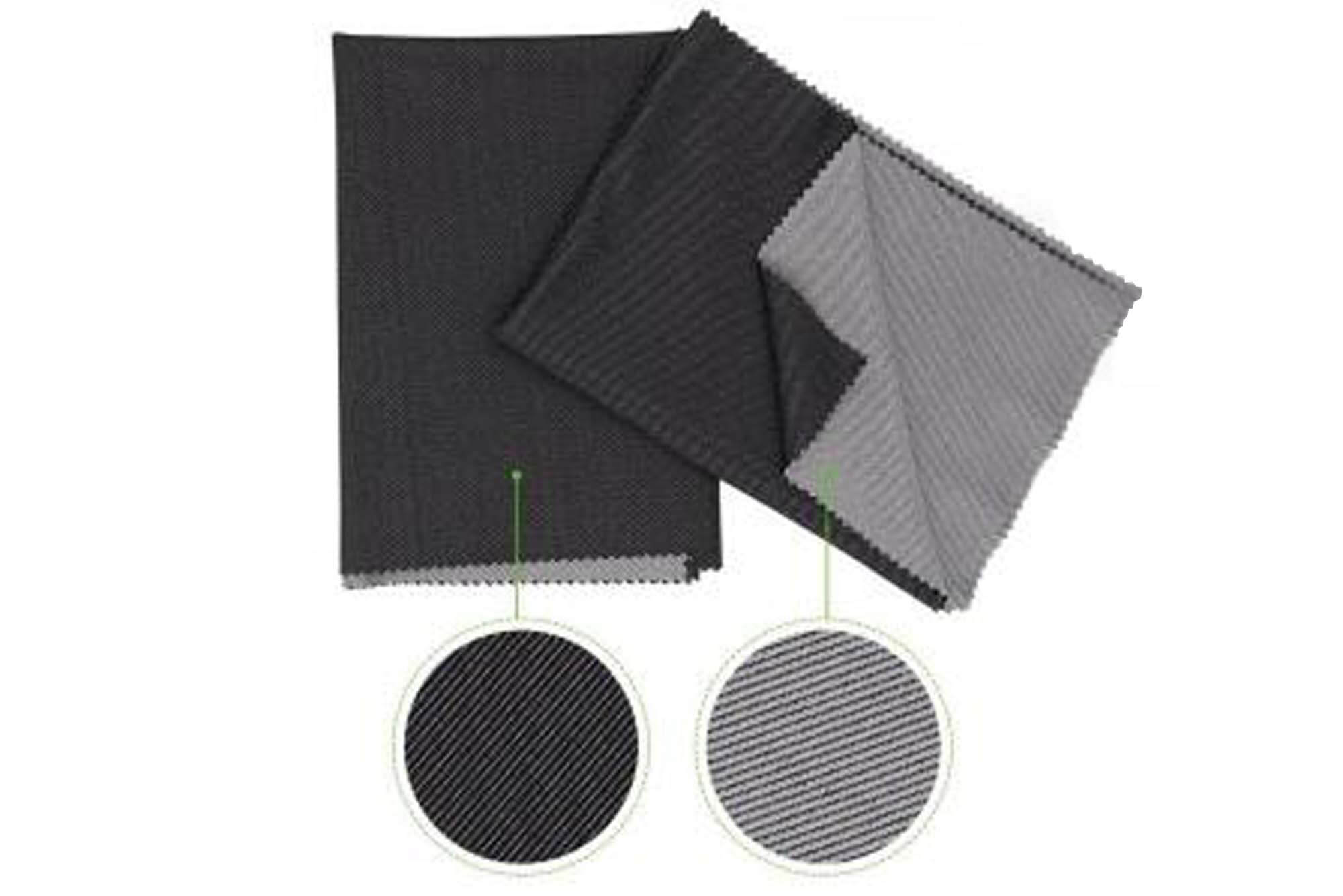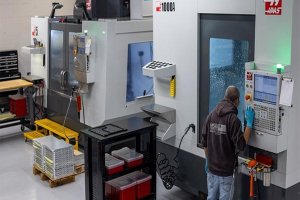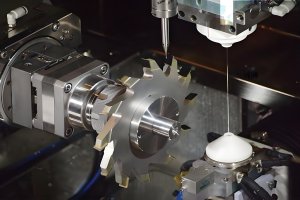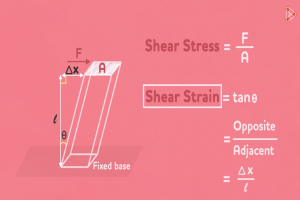When it comes to CNC machining custom parts, material selection is one of the most critical decisions. Two of the most popular engineering plastics—polyamide (commonly known as nylon) and polyester (often represented as PET)—offer a range of benefits but have different properties that make them suitable for specific applications. Understanding the differences between these materials can help manufacturers and engineers make informed choices, leading to better product performance, optimized costs, and enhanced durability.
In this guide, we will dive into a comprehensive comparison between polyamide and polyester in the context of CNC machining. We’ll explore their mechanical properties, cost factors, and durability, along with practical CNC machining tips. By the end, you should have a clear understanding of which material is better suited for your specific needs.
Polyamide vs Polyester: Understanding the Basics for CNC Machining
What is Polyamide?
Polyamide, also known as nylon, is a family of synthetic polymers known for its excellent mechanical strength, flexibility, and resistance to wear and abrasion. Common types include Nylon 6 and Nylon 66. Polyamides are popular in manufacturing gears, bearings, bushings, and other parts where durability and resistance to friction are key.
What is Polyester?
Polyester, particularly Polyethylene Terephthalate (PET), is another widely used engineering plastic. Known for its dimensional stability, chemical resistance, and low moisture absorption, polyester is often chosen for applications requiring precision and consistency. It is common in food packaging, electrical components, and high-precision parts.
Material Properties Overview
| Property | Polyamide (Nylon) | Polyester (PET) |
|---|---|---|
| Mechanical Strength | High, excellent tensile strength | High, strong and rigid |
| Flexibility | High, flexible and impact-resistant | Moderate, less flexible |
| Wear Resistance | Excellent, low friction | Good, but not as wear-resistant as polyamide |
| Moisture Absorption | High, can absorb moisture | Low, very stable in humid environments |
| Chemical Resistance | Moderate, sensitive to strong acids | High, resists most acids and solvents |
| Thermal Resistance | Good, but can degrade at high temperatures | Excellent, withstands higher temperatures |
The table above highlights key differences between polyamide and polyester, giving an initial insight into which material might better fit your CNC machining requirements.
Mechanical Properties Comparison: Polyamide vs Polyester
Choosing the right material involves understanding its mechanical properties. Let’s break down the strengths and weaknesses of both polyamide and polyester when it comes to strength, toughness, rigidity, and flexibility.
2.1 Strength & Toughness
- Polyamide (Nylon): Known for its impressive tensile strength, polyamide is ideal for parts that will endure mechanical stress. It is flexible, yet resilient, making it suitable for components like gears and bushings that face repetitive motions.
- Polyester (PET): Polyester is strong and rigid. It doesn’t bend as easily as polyamide, which makes it less flexible but perfect for precision components that require stability and rigidity under pressure.
2.2 Wear Resistance
- Polyamide: Offers superior wear resistance, which is why it is commonly used in moving parts. Its low friction and self-lubricating properties make it a great choice for components exposed to friction, such as rollers, bearings, and gears.
- Polyester: While not as wear-resistant as polyamide, polyester still performs well, especially in applications where high precision and surface smoothness are necessary.
2.3 Chemical Resistance & Thermal Stability
- Chemical Resistance:
- Polyamide is vulnerable to strong acids and some solvents, which may limit its applications in chemical environments.
- Polyester excels here, with excellent resistance to most acids, alkalis, and solvents. This makes it ideal for parts that will be exposed to chemicals.
- Thermal Stability:
- Polyester can withstand higher temperatures than polyamide, making it suitable for applications where parts will be exposed to heat. Polyamide may soften or degrade at high temperatures, limiting its use in some scenarios.
Comparative Mechanical Properties Table
| Property | Nylon (Polyamide) | PET (Polyester) |
|---|---|---|
| Tensile Strength (MPa) | 50-90 | 60-70 |
| Elongation at Break (%) | 20-60 | 5-20 |
| Melting Point (°C) | 215-260 | 250-260 |
| Density (g/cm³) | 1.14 | 1.38 |
| Hardness (Rockwell) | R80-120 | R110-120 |
| Coefficient of Friction | 0.15-0.20 | 0.35-0.40 |
These mechanical properties indicate that polyamide is more flexible and wear-resistant, while polyester provides better chemical resistance and thermal stability.
How to Choose Between Polyamide and Polyester for CNC Custom Parts
Making the right choice between polyamide and polyester requires understanding your specific application needs. Here’s a detailed guide:
3.1 Material Selection Guide for Different Applications
- Gears and Bearings:
- Best Choice: Polyamide. Its superior wear resistance and flexibility make it perfect for components subject to continuous motion and friction.
- Electrical Insulators and Connectors:
- Best Choice: Polyester. PET’s dimensional stability and chemical resistance make it suitable for precision parts that need to remain stable under varying conditions.
- Bushings and Seals:
- Best Choice: Polyamide. The material’s resilience and ability to handle wear over time help in parts that must endure constant movement.
- Precision Parts:
- Best Choice: Polyester. For parts requiring exact dimensions and resistance to deformation, polyester’s stability and rigidity are ideal.
3.2 Case Studies: When to Choose Polyamide vs Polyester
- Case Study 1: Automotive Gears:
- A manufacturer needed a material for producing car window regulator gears. They chose polyamide because of its ability to handle high friction without degradation.
- Case Study 2: Food Processing Components:
- For machinery that needed to withstand cleaning chemicals, polyester was the go-to material because of its chemical resistance and ease of cleaning.
CNC Machining Considerations: Polyamide vs Polyester
When working with CNC machines, understanding the behavior of polyamide and polyester during machining is crucial. Here are key factors to consider:
4.1 Cutting Speed & Feed Rate
- Polyamide: Can be machined at higher speeds but may require cooling to prevent melting. This material’s flexibility allows it to handle high-speed cutting without chipping.
- Polyester: Requires more controlled speeds and feed rates. Due to its rigidity, faster speeds can cause cracking or chipping, so it’s best machined slowly and steadily.
4.2 Tool Selection
- Polyamide: Use sharp carbide tools to ensure clean cuts and minimize friction. Coolants can help prevent melting during prolonged machining.
- Polyester: Use diamond-coated tools to maintain precision and avoid tool wear. The rigidity of polyester makes it necessary to use tools that can handle harder cuts without losing accuracy.
4.3 Machining Cost Considerations
Polyamide and polyester differ in terms of machining costs, influenced by the tool wear rate, machining speed, and finishing requirements.
| Machining Factor | Polyamide | Polyester |
|---|---|---|
| Tool Wear Rate | Moderate, requires periodic sharpening | Low, tools last longer |
| Machining Speed | High, faster cutting possible | Moderate, slower speeds needed |
| Surface Finishing | Requires smoothing | Smooth surfaces easier to achieve |
| Overall Cost | Lower cost per piece | Slightly higher due to slower machining |
By understanding these machining behaviors, manufacturers can plan for efficient processing, reduced tool wear, and optimal costs.
Cost Analysis: Polyamide and Polyester for CNC Parts
Cost is a crucial factor when selecting materials for CNC machining. Both polyamide and polyester come with their own set of cost considerations that can affect the overall budget of a project. Here, we will analyze the cost factors associated with each material, including raw material prices, machining costs, and maintenance.
5.1 Raw Material Costs
The cost of raw materials can vary significantly depending on the grade and quality of the polyamide or polyester used.
| Material Type | Approximate Cost (per kg) | Availability |
|---|---|---|
| Polyamide (Nylon 6) | $2.00 – $3.50 | Widely available |
| Polyamide (Nylon 66) | $2.50 – $4.00 | Slightly more expensive due to higher strength |
| Polyester (PET) | $1.80 – $3.00 | Cost-effective, easily sourced |
| Specialty Polyamide | $5.00+ | High-performance applications |
| Recycled PET | $1.50 – $2.50 | Eco-friendly, cost-effective |
- Polyamide: Generally more expensive than polyester, especially when opting for specialty grades (e.g., reinforced with glass fibers).
- Polyester: Offers a lower base cost, especially for applications where high-precision or chemical resistance is essential. Recycled PET is also an eco-friendly and cost-efficient option.
5.2 Machining Costs
Machining costs depend on the material’s behavior during CNC processing. Below is a comparative analysis:
| Machining Aspect | Polyamide | Polyester |
|---|---|---|
| Machining Speed | High, but requires cooling | Moderate, slower but precise |
| Tool Wear | Moderate, frequent sharpening | Low, retains tool sharpness |
| Surface Finishing | Requires additional polishing | Smooth finish, fewer post-processing steps |
| Overall Machining Cost | Lower per unit (fast, efficient) | Slightly higher (slower process) |
- Polyamide: Faster machining means lower labor costs, but the need for periodic tool cooling can add complexity.
- Polyester: Though machining is slower, the reduced wear on tools can offset some costs, especially for long-term projects.
5.3 Long-Term Maintenance Costs
When considering maintenance and replacement costs, it’s essential to think about the part’s lifespan and operating environment.
- Polyamide: Parts may require more frequent replacement in environments with high moisture due to potential swelling or deformation. Maintenance may also include periodic lubrication for moving parts.
- Polyester: The dimensional stability and chemical resistance of polyester often result in lower maintenance costs over time, making it ideal for precision parts that need consistent performance.
Cost Comparison Summary
| Cost Factor | Polyamide (Nylon) | Polyester (PET) |
|---|---|---|
| Raw Material Price | Moderate to high | Moderate, with recycled options |
| Machining Expense | Lower due to faster speeds | Slightly higher, but with less tool wear |
| Maintenance/Replacement | More frequent in harsh environments | Low, durable in various conditions |
Overall, polyester can be more cost-effective for long-term projects requiring precision and stability, while polyamide excels in applications that demand flexibility and high mechanical strength.
Which Material is More Sustainable for CNC Custom Parts?
In recent years, sustainability has become an important factor in material selection, especially for CNC machining. Both polyamide and polyester have sustainable options, but their environmental impact can vary significantly.
6.1 Environmental Impact of Production
- Polyamide Production: The production of polyamide involves the use of petrochemicals, which can have a higher carbon footprint. However, some polyamides, like Nylon 6, can be recycled, and efforts are being made to create bio-based versions to reduce environmental impact.
- Polyester Production: Polyester production is generally more efficient, especially with the rise of recycled PET (rPET), which is made from post-consumer plastic waste. This makes it a more environmentally friendly option for companies looking to reduce their carbon footprint.
6.2 Recyclability
- Polyamide: Some types of polyamide can be recycled, but the process can be challenging due to the presence of additives or reinforcements (like glass fibers). Despite this, advances in recycling technology are making it easier to reuse polyamide waste.
- Polyester: Recycled PET is widely used in various industries, from textiles to food packaging. The recycling process is well-established and cost-effective, making PET one of the most recycled plastics globally.
6.3 Future Trends in Sustainable Material Development
Manufacturers are continuously exploring new ways to make materials more sustainable:
- Bio-based Polyamides: Companies are developing bio-based versions of traditional polyamides, which use renewable resources instead of petrochemicals. These new versions aim to provide the same performance with a reduced environmental impact.
- Enhanced Recycled PET: Innovations in the recycling of PET are leading to high-quality, low-cost recycled materials, making it an attractive option for companies focused on sustainability.
Sustainability Comparison Table
| Sustainability Factor | Polyamide (Nylon) | Polyester (PET) |
|---|---|---|
| Carbon Footprint | Moderate to high | Lower, especially with rPET |
| Recyclability | Challenging, but possible | Highly recyclable, well-established |
| Renewable Options | Limited, some bio-based variants | Widely available recycled options |
For companies focused on sustainability, polyester (PET), particularly the recycled variant, may be the superior choice. However, emerging technologies and bio-based options are closing the gap for polyamide.
Conclusion
Choosing between polyamide and polyester for CNC machining is a critical decision that can affect the performance, cost, and durability of the final product. Understanding the strengths and weaknesses of each material allows manufacturers to make informed decisions that balance cost, performance, and sustainability.
Polyamide is excellent for applications requiring flexibility, wear resistance, and mechanical strength, making it ideal for parts like gears, bushings, and moving components. Polyester, on the other hand, provides better dimensional stability, chemical resistance, and heat tolerance, making it a suitable choice for precision parts and components in high-stress environments.
By considering factors such as cost, durability, machinability, and sustainability, engineers and manufacturers can choose the best material for their specific CNC projects. This ensures not only optimal product performance but also improved cost-efficiency and environmental responsibility.
FAQ
- What kinds of CNC projects are more suitable for polyamide?
Polyamide is ideal for components that require high flexibility, wear resistance, and impact strength, such as gears, bushings, and bearings. - What are the main differences between polyamide and polyester in terms of heat resistance and chemical corrosion?
Polyester offers better thermal stability and resistance to chemicals, making it suitable for environments exposed to heat and corrosive substances. Polyamide may degrade under similar conditions but excels in mechanical durability. - How can you balance cost and performance when choosing materials?
Evaluate the specific application needs, including expected lifespan, environmental exposure, and cost constraints. If precision and chemical resistance are key, polyester may be cost-effective long-term. For flexibility and wear resistance, polyamide can provide better value. - What are common mistakes in material selection and how to avoid them?
A common mistake is overlooking moisture absorption. Polyamide can absorb moisture, leading to dimensional changes. For parts requiring stability in humid conditions, polyester is a better choice. - Which application scenarios are better suited for polyester over polyamide?
Precision components, electrical connectors, and parts exposed to harsh chemicals or heat are best suited for polyester due to its dimensional stability and resistance to environmental factors.
Other Articles You Might Enjoy
- Precision CNC Machining for High-End Audio Equipment
Precision CNC Machining in High-End Audio Equipment Manufacturing Precision Computer Numerical Control (CNC) machining refers to a highly-advanced technology where computer-generated codes are used to operate factory machinery and tools.…
- Precision CNC Machining of Steel: High-Volume Production
Precision CNC Machining and High-Volume Production As an integral part of modern manufacturing processes, Precision Computer Numerical Control (CNC) machining brings about unmatched accuracy and consistency in the production of…
- Material Versatility in CNC Machining: From Titanium to Thermoplastics
Introduction to CNC Machining CNC machining stands as a cornerstone in the manufacturing sector, enabling the precise creation of parts and components. This process utilizes computer numerical control (CNC) to…
- Precision CNC Machining for High-Performance Industrial Machinery
Precision CNC Machining for High-Performance Industrial Machinery The process of Precision CNC (Computer Numerical Control) machining is at the core of manufacturing high-performance industrial machinery. This technique leverages a computer's…
- How To Reduce The Cost of CNC Machining
Many people may think CNC machining is easy and cheap because of the high degree of automation. But CNC machining manufacturers have to consider the cost of owning and maintaining…
- Nickel vs. Cobalt Alloys in High-Temperature CNC Machining: A Detailed Analysis?
Nickel and Cobalt Alloys in High-Temperature CNC Machining Both Nickel and Cobalt alloys play an essential role in high-temperature CNC machining. These metal alloys are popular choices due to their…






